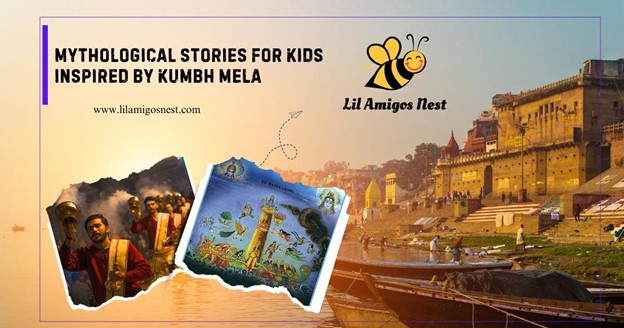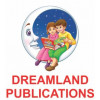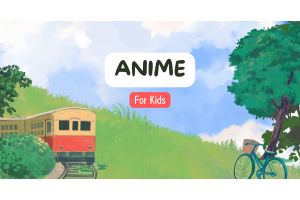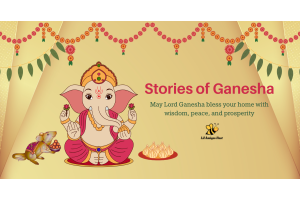Mythological Stories for Kids Inspired by Mahakumbh Mela

The Mahakumbh Mela is one of the most iconic Hindu festivals, celebrated with grandeur and devotion. It attracts millions of devotees to sacred riverbanks, creating a vibrant tapestry of faith, spirituality, and tradition. The next Kumbh Mela, scheduled for 2025, promises to be an extraordinary event steeped in history and mythology. But beyond its rituals and scale, the Mahakumbh Mela is also a treasure trove of mythological stories that can captivate young minds. Here, we delve into some engaging stories for kids inspired by this grand festival, blending education with fascination.
1. The Churning of the Ocean (Samudra Manthan)
One of the most well-known stories associated with the Kumbh Mela is the tale of the Samudra Manthan. According to Hindu mythology, gods (Devas) and demons (Asuras) joined forces to churn the cosmic ocean in search of Amrit, the nectar of immortality. They used Mount Mandara as the churning rod and Vasuki, the serpent king, as the rope.
As the ocean yielded treasures, challenges like the deadly poison Halahala also emerged, which Lord Shiva consumed to save the universe. Finally, Dhanvantari appeared with the pot of nectar. A fierce battle ensued, during which drops of Amrit fell at four locations—Haridwar, Prayagraj, Ujjain, and Nashik. These places now host the Kumbh Mela.
This story highlights themes of teamwork, perseverance, and the triumph of good over evil—perfect lessons for kids. The vibrant visuals and dramatic events make it an excellent bedtime story.
2. The Flight of Garuda
Garuda, the mighty eagle and vehicle of Lord Vishnu, plays a crucial role in another tale linked to the Mahakumbh Mela. To free his mother, Vinata, from servitude to Kadru, Garuda set out to obtain the pot of nectar guarded by the gods. Despite facing numerous challenges and fierce resistance, Garuda succeeded in retrieving the Amrit without drinking it himself, displaying remarkable self-control.
While flying back with the pot, drops of nectar spilled at the four sacred sites of the Kumbh Mela. Garuda’s story is a testament to bravery, sacrifice, and the importance of selflessness. It’s an inspiring tale for children, teaching them to face challenges with courage and integrity.
3. The Origin of the Sacred Rivers
The Mahakumbh Mela is celebrated on the banks of rivers considered sacred in Hinduism. But do children know the fascinating stories of their origins? Here’s one to tell:
The Ganga’s descent to Earth is a captivating myth. According to legend, King Bhagiratha performed severe penance to bring the river from the heavens to Earth to purify the ashes of his ancestors. However, the Ganga’s powerful descent threatened to destroy the world. Lord Shiva intervened, capturing her waters in his matted locks and releasing her gently.
This story not only explains the sanctity of the Ganga but also emphasizes persistence and divine intervention. Kids will love imagining the majestic scene of Ganga’s fall and Lord Shiva’s towering presence.
4. The Tale of Sage Durvasa and the Kumbh
The irascible Sage Durvasa once cursed Indra, the king of gods, causing the Devas to lose their strength. Seeking a remedy, they approached Lord Vishnu, who advised them to churn the ocean for nectar. Thus began the events of Samudra Manthan.
Durvasa’s story is a lesson in humility and the consequences of pride. For children, it’s an engaging way to understand the significance of respect and the ripple effects of actions.
5. The Story of King Harsha
While not directly mythological, the story of King Harsha is an inspiring historical tale tied to the Mahakumbh Mela. Known for his generosity, King Harsha of Kannauj organized large-scale charitable events during the festival. He gave away his wealth to the needy, embodying the spirit of selflessness.
This story introduces kids to historical figures and teaches them the value of kindness and charity. It’s a wonderful way to link mythology with history.
6. The Legend of the Kalpavriksha
In Hindu mythology, the Kalpavriksha, or wish-fulfilling tree, emerged during the Samudra Manthan. It is said to grant any wish to those who pray beneath it with a pure heart. This legend is often associated with the Mahakumbh Mela as devotees gather under ancient banyan trees, symbolizing the Kalpavriksha.
This story sparks imagination in kids, encouraging them to dream big and stay hopeful. It’s also an opportunity to introduce them to the natural world and its wonders.
The Relevance of Kumbh Mela 2025
The upcoming Kumbh Mela in 2025 is an excellent opportunity to connect children with these mythological tales. The festival’s grandeur, combined with its historical and spiritual significance, offers a unique learning experience. Parents can plan visits to the Kumbh Mela and explore its vibrant rituals, processions, and cultural events.
Moreover, the Kumbh Mela schedule includes activities tailored for families and children. Storytelling sessions, cultural performances, and guided tours provide a window into India’s rich heritage. By engaging kids with these events, parents can deepen their understanding of Hindu festivals while making the experience enjoyable.
Why Stories for Kids Matter
Mythological stories are more than just entertainment; they are a tool for moral and cultural education. Here’s why these tales are essential for children:
- Moral Lessons: Stories from the Mahakumbh Mela emphasize values like courage, humility, and perseverance.
- Cultural Connection: They help kids understand Hindu festivals and traditions, fostering a sense of identity.
- Imaginative Thinking: The larger-than-life characters and events fuel creativity and curiosity.
- Life Skills: Themes like teamwork and sacrifice equip children with essential skills for their personal growth.
Interactive Ways to Share These Stories
Parents and educators can make these stories even more engaging through interactive methods:
- Storytelling Sessions: Narrate the tales during bedtime or family gatherings.
- Illustrated Books: Use picture books and comics to make the stories visually appealing.
- Dramatizations: Organize small plays or skits based on these myths.
- Art and Craft: Encourage kids to draw scenes or characters from the stories.
- Visit the Kumbh Mela: If possible, take kids to the Kumbh Mela 2025 to see the festival’s rituals firsthand.
A Festival Beyond Stories
The Mahakumbh Mela is not just about mythology; it’s a celebration of humanity’s eternal quest for salvation and knowledge. The festival’s vibrant atmosphere, with its colorful tents, spiritual discourses, and mesmerizing aartis, leaves a lasting impression on visitors of all ages. For children, it’s an opportunity to witness the unity and diversity of Indian culture.
Conclusion
The mythological stories inspired by the Mahakumbh Mela are a gateway to India’s rich cultural heritage. Whether it’s the churning of the ocean or the bravery of Garuda, these tales resonate with timeless values and captivating adventures. As the Kumbh Mela 2025 approaches, let’s seize the opportunity to pass these stories on to the next generation, ensuring they carry forward the legacy of one of Hinduism’s most cherished festivals. By blending tradition with creativity, we can make these stories for kids a source of joy and learning, enriching their understanding of the world and their roots.
So, mark your calendars for the Kumbh Mela schedule in 2025 and prepare to embark on a mythological journey that inspires and delights!


























